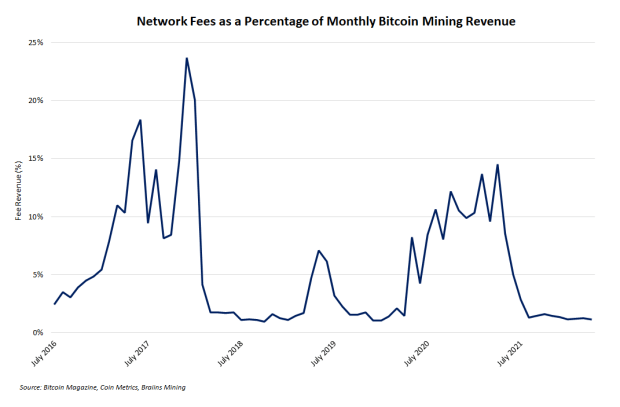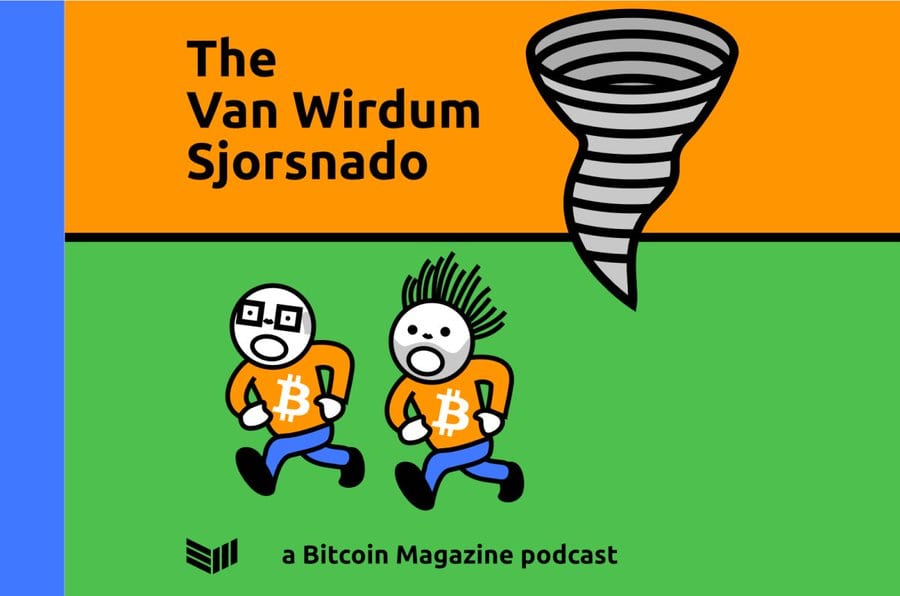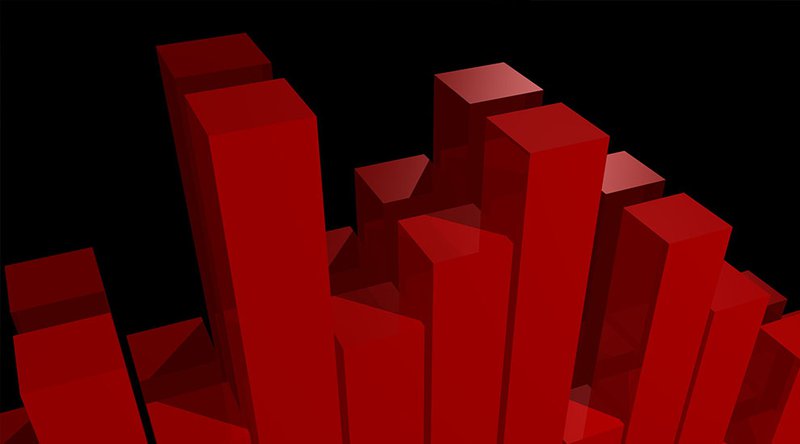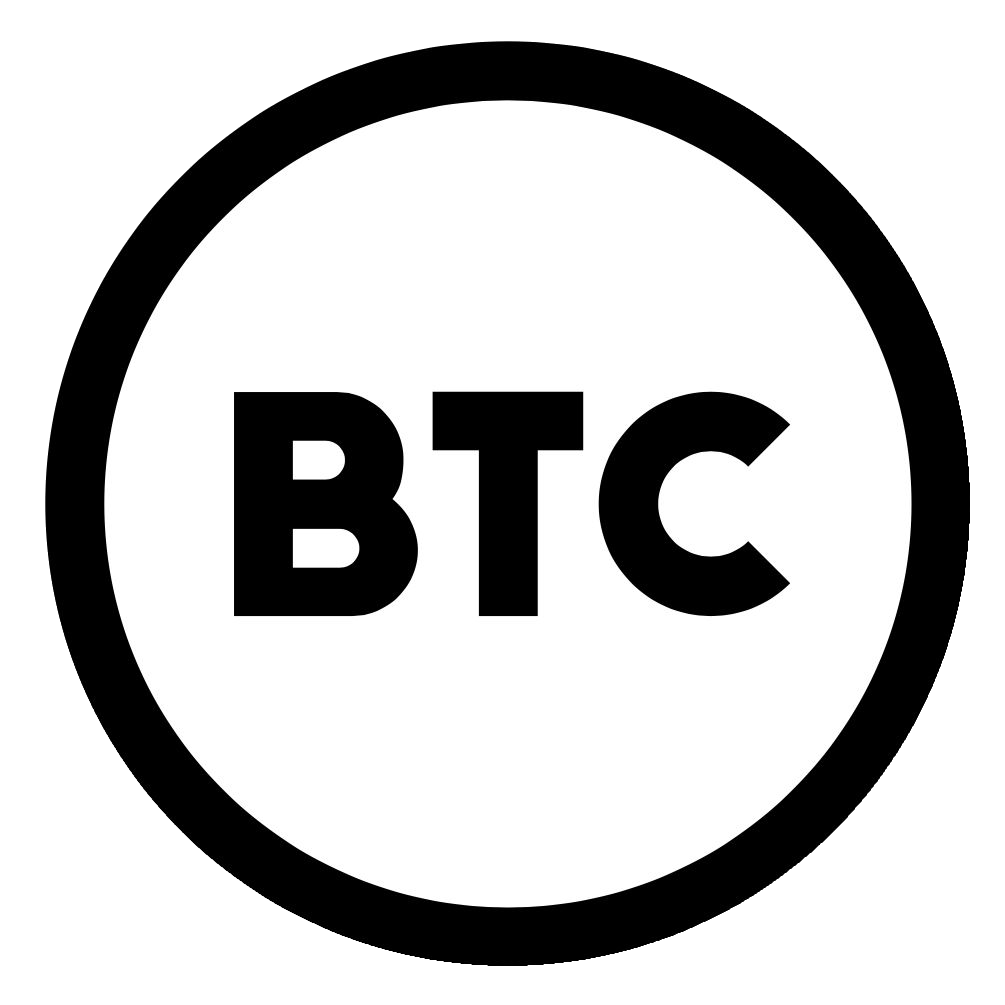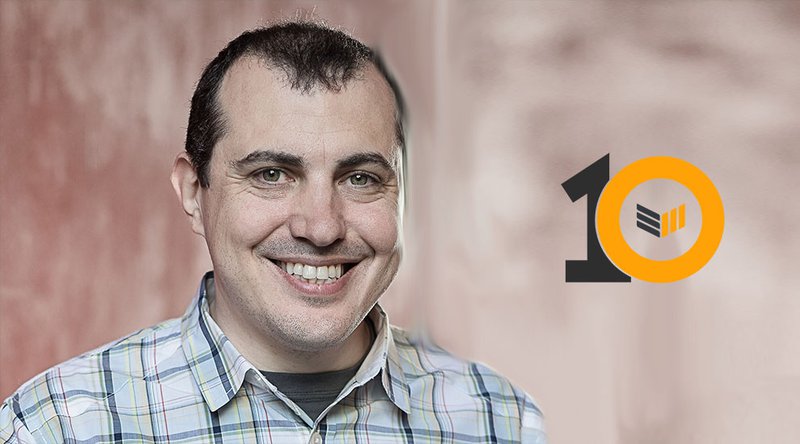NFTs And The Definition Of Art
The author poses the simple discussion of whether NFTs are technically “collectibles,” or are truly art.
“Non-fungible tokens,” more popularly referred to as NFTs, have taken the spotlight as this market cycle’s equivalent of the Initial Coin Offering. They’re dominating the mindshare of the “normies” in the space. As much as Bitcoiners don’t like to talk about them, they’re undeniably a major part of market dynamics this cycle, and I personally do not think they are going away anytime soon, if ever. There is a lot I want to unpack to argue why I think that is the case. The first question to pose along these lines is: what is art?
The Philosophy Of Art
This question immediately brings up a whole host of other questions. Almost anything can constitute art in this day and age. One need only look as far as Mark Rothko to see this. His pieces are literally just colors and shapes. His work is praised widely and sells for massive sums of money. Where is the dividing line between what is or is not art? To one person a Rothko is a masterpiece that they would pay to own, to other people (such as myself) they are just colors slapped on a medium that a child could recreate. I would not pay a dime for one.
So where is the dividing line of what makes something art or not? There isn’t one. It’s a completely subjective line that is different depending on the eye of the beholder. There is no “line” in the objective sense definitionally. Given that, let’s consider my point of view, which is really all I can speak to in such a context. Art is something that moves me. Whether it’s emotionally, or intellectually, or otherwise, it’s something that evokes a visceral spontaneous reaction from me — the statue of David, for instance. Every time I see a marble statue of such detail and scale, it amazes me. It makes me ponder the skill, the patience, the time that went into creating something so lifelike and exact in the details; or to put it another way, imagine the “proof-of-work” required to produce such a thing. Just contemplate the skills required and the time it took to refine them, like knowing how to break up a block of marble in such an exact way that the shape of man can be replicated from what’s left. You have to know exactly how to break off marble in a way that will leave the basic space of those shapes intact and then refine all the details. A single block chipped off too far ruins that potential, and how to handle making those decisions is different for each piece of marble. Thinking of all of this evokes a sense of real awe in me considering the person who learned not only the theory behind these things, but how to do them in practice to such an exact degree. A colored line on a white background evokes no such awe in me. I could do that myself in a minute.
When discussing my attitude about art in the context of NFTs, I have never seen an NFT that qualified to me as “art.” Not a single NFT I’ve ever seen, even Rarepepe’s, have moved me more than giving me a quick chuckle or laugh. If I had to classify NFTs I would call them collectibles. To me they are not art in any sense of the word as I view or define it. Think more of a Pokemon card versus the Mona Lisa. Your favorite Pokemon doesn’t evoke some deep quasi-spiritual sense of awe when you look at them on a card, but there is still some emotional reaction to owning it on some lesser level. I would liken it to an obsession with possessing something. When people collect Pokemon cards, or baseball cards, or coins, or anything, it ultimately comes down to in my opinion an obsession/compulsion to own more and more of said things. I think this is much closer to the roots of what NFTs actually are than trying to compare them to art in the classical sense.
Market Dynamics And Money Laundering
The global art market as of 2020 was valued at almost $50 billion collectively with $31.4 million worth of art transactions conducted that year. It is a massive market. Most transactions involving art happen very privately, with minimal paperwork or records, and in some cases totally anonymously. Historically it has been a highly-unregulated market. This also has led to abuse of art galleries and auctions to launder money acquired through illegal activity, i.e., money laundering (although the scale of it in relation to the total market is a contested thing).
A major aspect of facilitating such activities is what is called a “free port.” These are specially-zoned warehouses, typically in or adjacent to airports, that for tax purposes are considered outside of the border of the host country regardless of being geographically located inside of them. This allows art owners and sellers to store pieces of valuable artwork in a tax shelter and to defer customs taxes until the point of actually moving art out of the freeport. It is pretty common for this to be taken advantage of to perpetually defer such customs fees by simply never removing art from the freeport, as it can be shipped from freeport to freeport internationally after sales without ever “going through customs” for tax purposes.
Two examples of documented laundering on two extremes of the spectrum come to mind. The first involves Brazilian banker, Edemar Cid Ferreira, who was convicted of money laundering and other offenses in 2006. He fled Brazil and smuggled Jean-Michel Basquiat’s painting “Hannibal” with him into the United States, with fraudulent customs documents claiming the value of the shipped item was merely $100. It was appraised, however, at $8 million. The painting was recovered by U.S. authorities and Ferreira was reprimanded back to Brazilian custody, but his intent was clearly to take advantage of the unregulated nature of the art market to sell the painting to finance his living expenses after fleeing Brazil.
Another example on the more extreme side of things would be the documented cases of ISIS (the Islamic State of Iraq and Syria) acquiring antique pieces of art from the region and smuggling them into the western world to finance their operations. An example of a piece of art potentially sourced this way from ISIS is the Gilgamesh Dream Tablet bought by the president of Hobby Lobby to display in the Museum of the Bible in Washington, D.C. This tablet i(as of September 22, 2021) is in the process of being returned to Iraq after being seized by Immigration and Customs Enforcement (ICE).
Now the severity of money laundering in the art market as said earlier is a hotly-debated issue, but it is undeniable that such things occur regularly regardless of the scale in relation to the overall market. Because of this there has been a slow wave of governments all over the world starting to bring the sale and transfer of art into the anti-money laundering regulatory schemes that many other financial markets are forced to comply with. The earliest example I am aware of is a bill passed in Mexico in 2012 to combat suspected money laundering by drug cartels. The bill brought art, as well as other markets such as casinos, jewelry stores, and pawnshops, under the anti-money laundering regulations in Mexico. Most art galleries operating inside of auction houses in the wake of this saw on average a drop of almost 30% in sales. Regardless of how much of that was due to cartels no longer being able to utilize art auctions to launder money versus genuine buyers unwilling to comply with violations of their privacy, the bill had a substantial effect on the market.
Similar bills were recently passed in the EU and the United States. In 2018 the EU folded art dealers into their anti-money laundering regulations under the Fifth Anti-Money Laundering Directive, and in January 2021 the United States did the same with the Anti-Money Laundering Act of 2020. The U.S. Congress gave themselves until 2021 to clarify who qualifies as a “dealer of antiquities” as defined in the bill that will fall under regulatory authority. So what is the takeaway here? Money laundering happens in the art markets, regardless of the debated scale. To apply deductive logic, the same thing is likely happening in the NFT space. That doesn’t negate genuine demand for things from real people simply for the purpose of appreciating “art,” but it also shouldn’t be ignored. Governments clearly recognize this evidenced by the creeping regulation over the art markets over the last five-10 years just as the same regulatory creep is beginning to happen over the bitcoin and larger ecosystem.
Curve Of Emotional Value Versus Economic Value
To go back to the philosophical side of things, I have one last point to try and make in trying to really contemplate what is going on in the NFT space. When discussing the value of art, I think it’s important to separate emotional/intellectual value from economic value. To illustrate why, let’s go through three examples.
Consider the music of Beethoven: It’s completely in the public domain, in and off itself it is economically worthless (ignoring things like live performances, selling recordings, etc., that anyone can do and generally trends to nothing) yet it still maintains a profound social and cultural value hundreds of years after its creation. Now think about Metallica. They are a well-loved and known band, and their art still has a substantial economic value to it. It’s nowhere near as deeply embedded as Beethoven, but it is undeniably culturally emotionally valuable still. Lastly, consider some artist you’ve never heard of, who never became popular or created art emotionally moving to anyone, whose art is worthless and in a landfill somewhere.
Art can maintain a deep emotional value that lives on for generations independent of any economic value it could hold. Collectibles in my opinion are different, as the connection between the obsession with collecting and the collectibles’ economic value is more tightly intertwined than with art like music. This is something that should be considered when thinking about NFTs. How many people composing the market view them as art versus view them as collectibles?
This is a guest post by Shinobi. Opinions expressed are entirely their own and do not necessarily reflect those of BTC, Inc. or Bitcoin Magazine.

